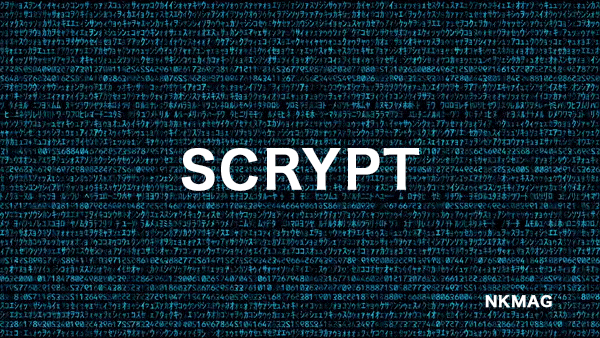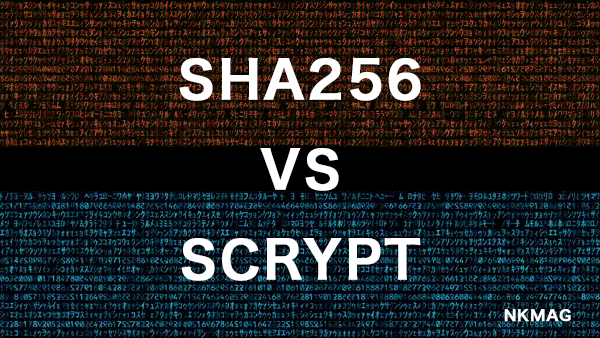Scrypt: Harnessing Memory
Scrypt is a memory-hard function designed to protect against denial-of-service attacks and for metering clients' access. It is resistant to specialized hardware like ASICs and FPGAs, making it more secure than other algorithms.

Scrypt is a memory-hard function (MHF) innovated by Colin Percival. Often found in applications like password hashing, key derivation, and proofs-of-work, Scrypt requires a substantial amount of memory for computation, thus deterring many parallel evaluations at once. Originally, Scrypt was designed to hinder the efficiency of specialized hardware, reducing the evaluation cost disparity between ordinary users and potential attackers. This unique property makes it an effective safeguard for proofs-of-work in the digital currency arena.
The Memory-Hard Advantage of Scrypt
Scrypt is designed to be resistant to specialized hardware, such as Application-Specific Integrated Circuits (ASICs) or Field-Programmable Gate Arrays (FPGAs). The evaluation of Scrypt requires significant memory, a resource that is general-purpose and thus comparably priced across platforms. As a result, it is challenging to develop a dedicated device for a swift evaluation of the function since the memory required is consistent across different platforms. In simpler terms, Scrypt is hard to evaluate quickly due to the extensive memory requirement and its uniform cost across platforms.
SHA256 ASICs and Scrypt: A Mismatch
While Scrypt was designed to be resistant to hardware like ASICs, it's important to clarify that this resistance is not absolute. As of the mid-2010s, specialized ASIC miners for Scrypt have been developed. While Scrypt can resist these technologies to some degree, ASICs and similar specialized hardware can still operate on Scrypt to a limited extent. This property of Scrypt makes it a preferred choice for certain cryptocurrency mining as it discourages centralization of power.
The Security Payoff of Scrypt
Scrypt's primary security advantage stems from its memory-hard nature, increasing its resilience against specialized hardware attacks such as those from ASICs and FPGAs. Although not entirely impervious to such hardware, the large memory requirement makes Scrypt less susceptible to brute-force attacks that aim to compute many password possibilities. Additionally, Scrypt is designed for speed, making it ideal for interactive applications, like website logins, without causing significant user delay.
Resources
I never truly understood what the scrypt parameters 𝑁, 𝑟 and 𝑝 meant. So I read the paper and wrote it up for you. https://t.co/BL2a0BWAWH
— Filippo Valsorda (@FiloSottile) October 4, 2017

.svg/28px-Free_and_open-source_software_logo_(2009).svg.png)




